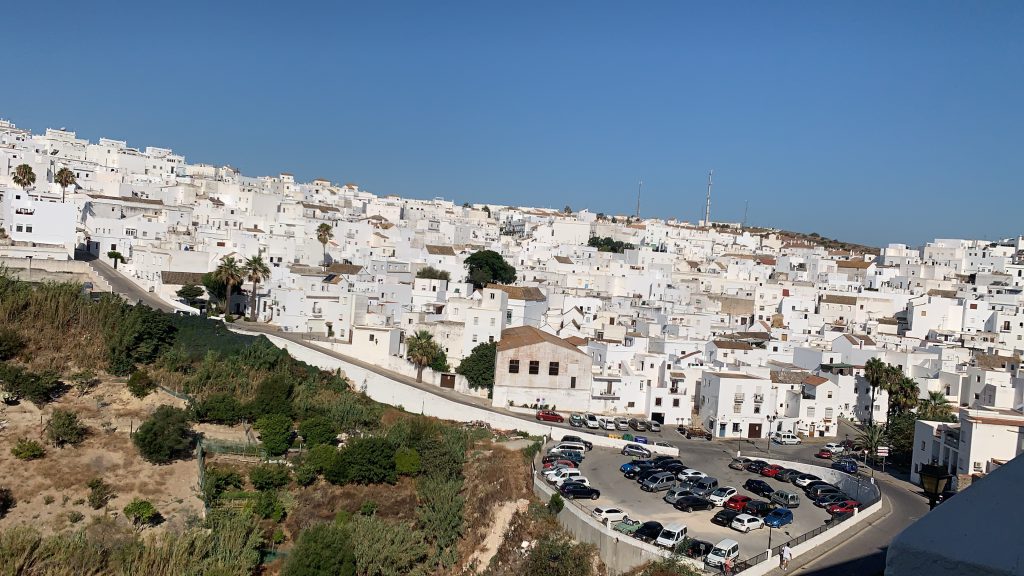
During old times Vejer was longed by Castilian and Muslims people and it remained in many hands until Fernando III called “el Santo” conquered in 1250 two years after he took possession of Seville. A beautiful story emerged from this catastrophe which now made both Vejer and Chefchaouen very similar. When Mulay Alí Ben Rachid went to Vejer to defend the city, he fell in love with Castalina Fernádez, a young Catilian lady, and brought her with him to Marruecos. There, she started missing her city and every single part of it. Her husband didn’t want to see her suffering and in reward, he raised the city where they were (Chefchaouen) and commanded to be built very similar to Vejer (the city his wife was originally from). The main difference between these two cities are the colors. In Chefchaouen everything is blue while in Vejer everything is white.
I have to say that what other people said about Vejer as well as its history its exactly as it is. When I found myself looking at all these beautiful white houses, I thought for a moment that I was in Greece. It’s just so different compared to the center of Cádiz because the houses are colorful, there are more people, more noise. In Vejer everything its white for which is known. As you walk not only can you smell fresh air due to its cleanliness, but you can also feel the piece. Everyone and everything is quiet, at least that’s what I felt with the style and the color of the city. The only thing from Vejer I found kind of tricky was the steep and narrow streets. I honestly don’t know how people can drive being basically on top of the mountain and having narrower streets compared to the center of the city. But I guess everyone gets used to their surrounding and so do they.
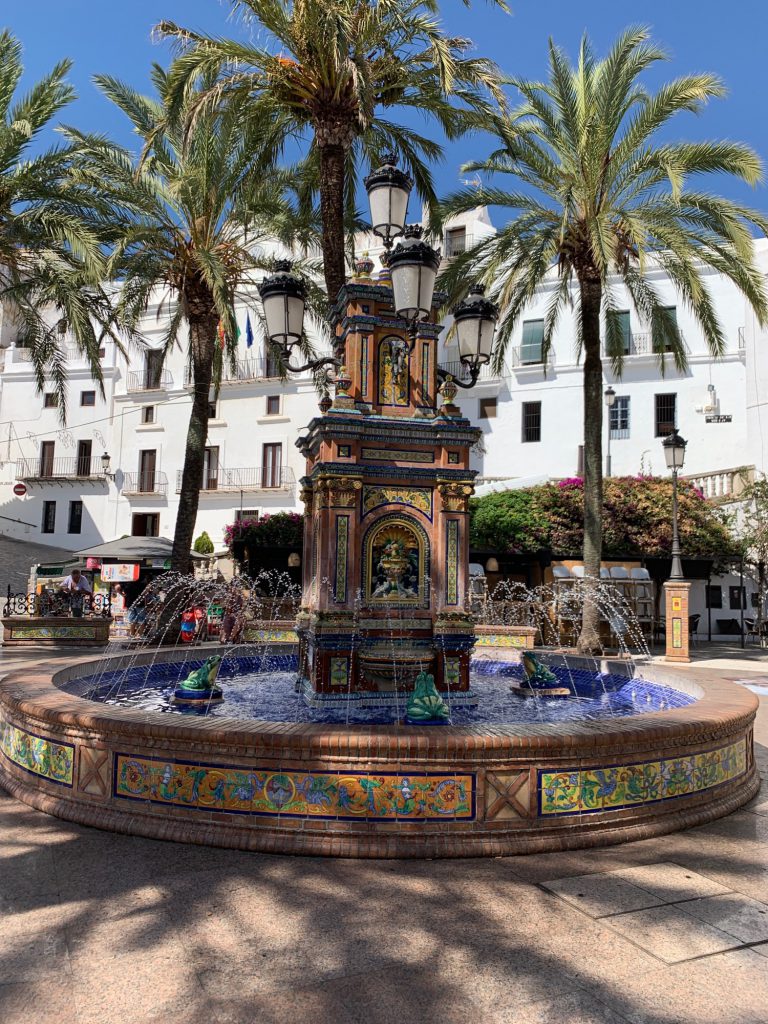
In Vejer we visited different monuments including: La Plaza España and its beautiful fountain known as “plaza de los pescaítos” built- in 1975. Back in time kids used to bring colorful little fish to the fountain to give them water therefore, it has frogs that drip water from their mouth. In La Plaza España you will see a lot of people and tourist because that’s the common place where all the restaurants and departments like the City Hall and Peace Court are located.
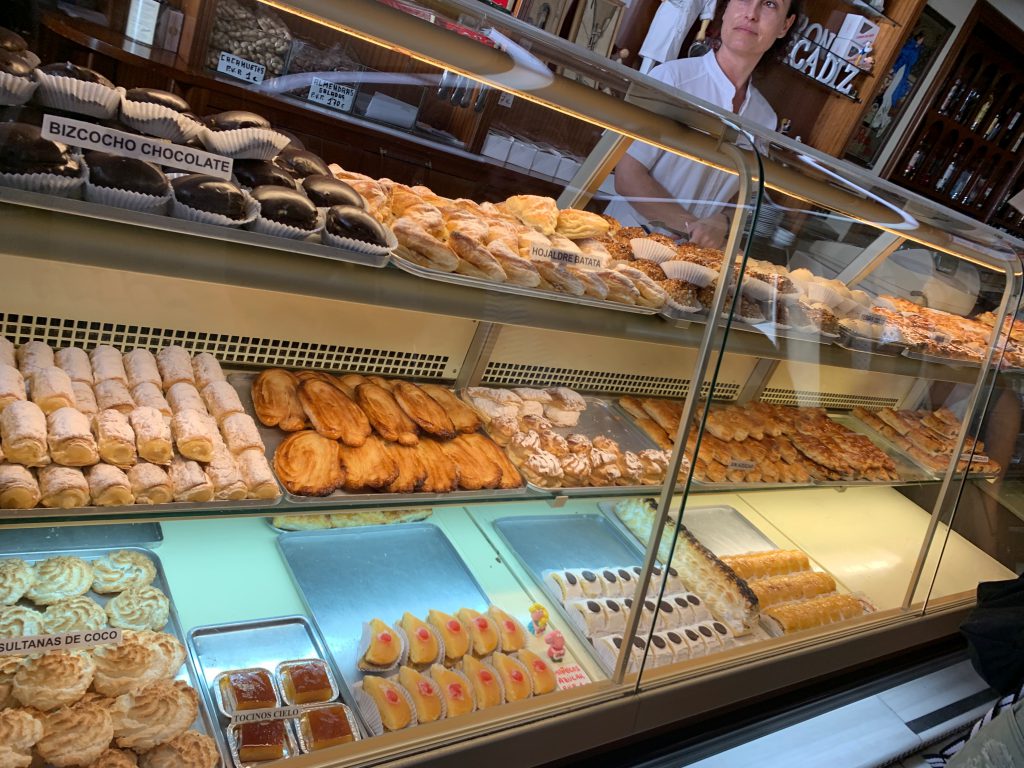
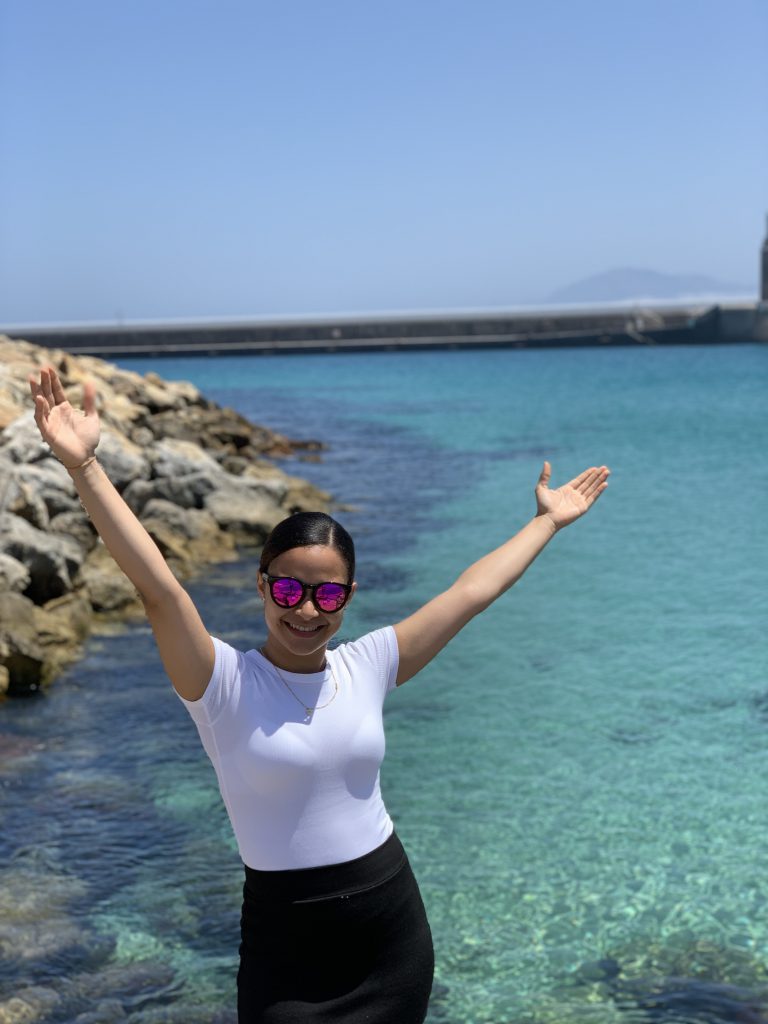
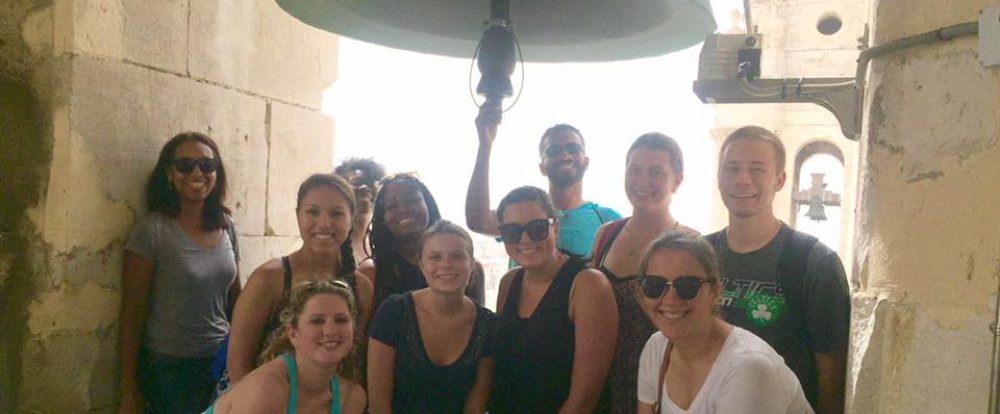
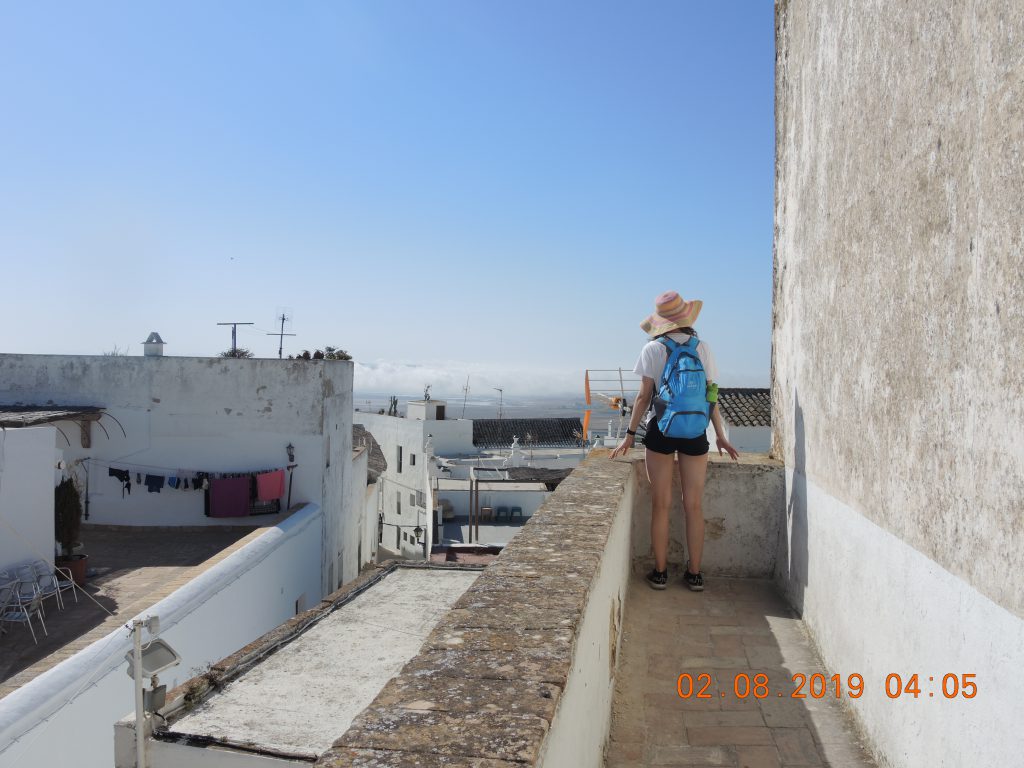
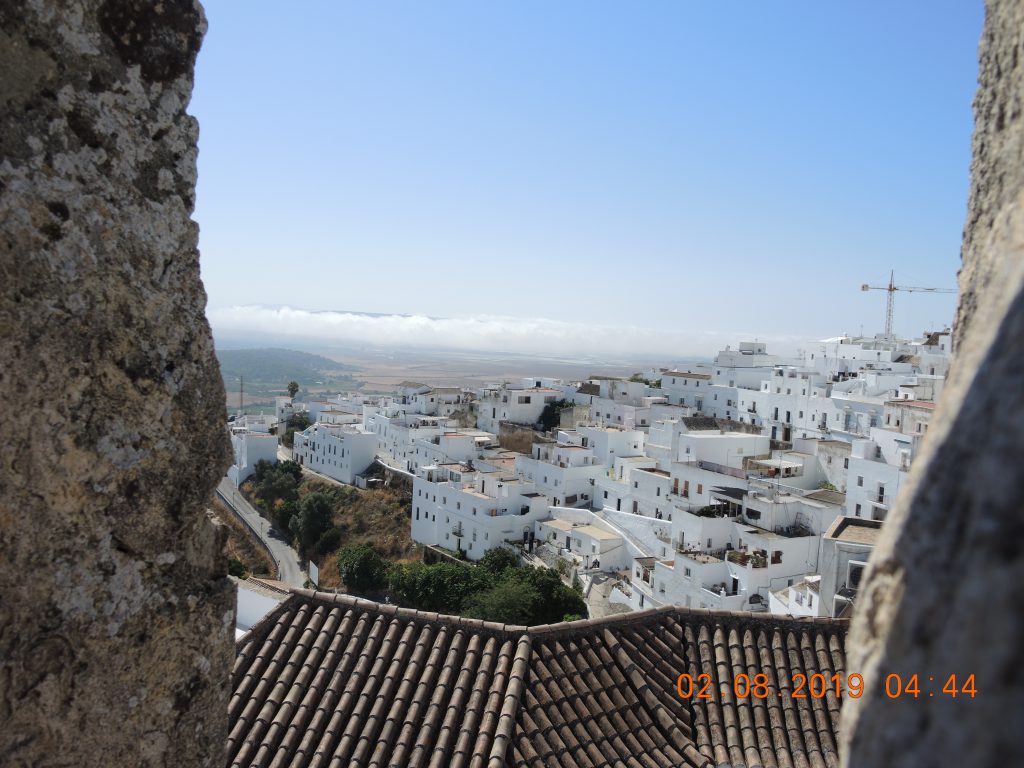
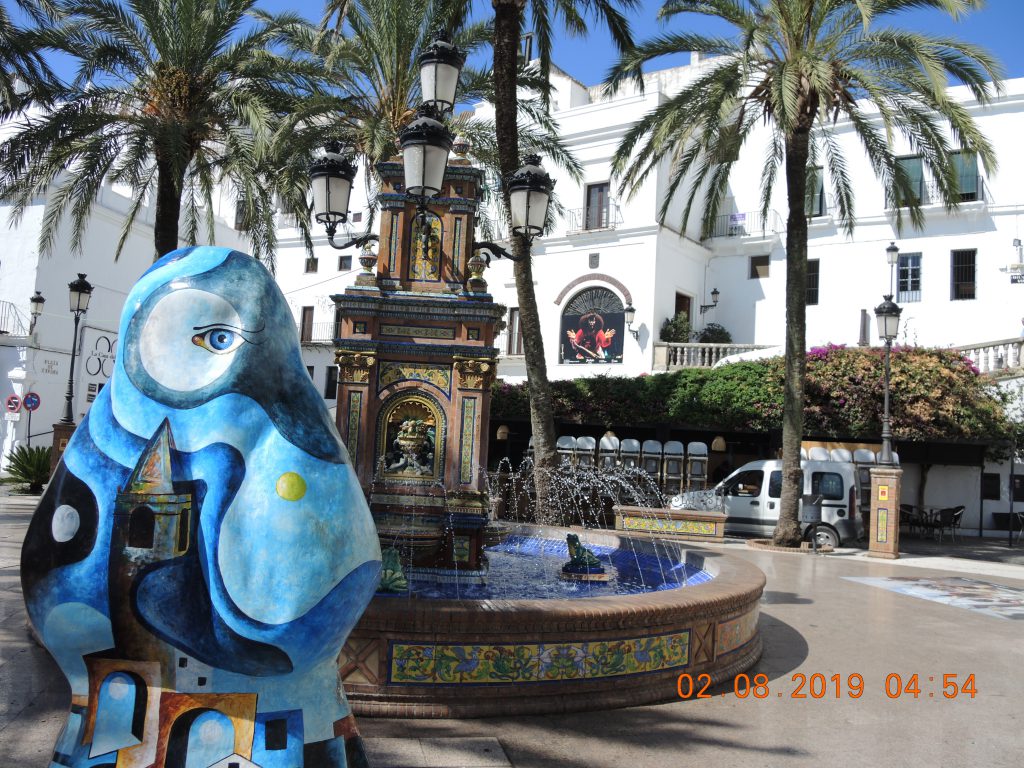
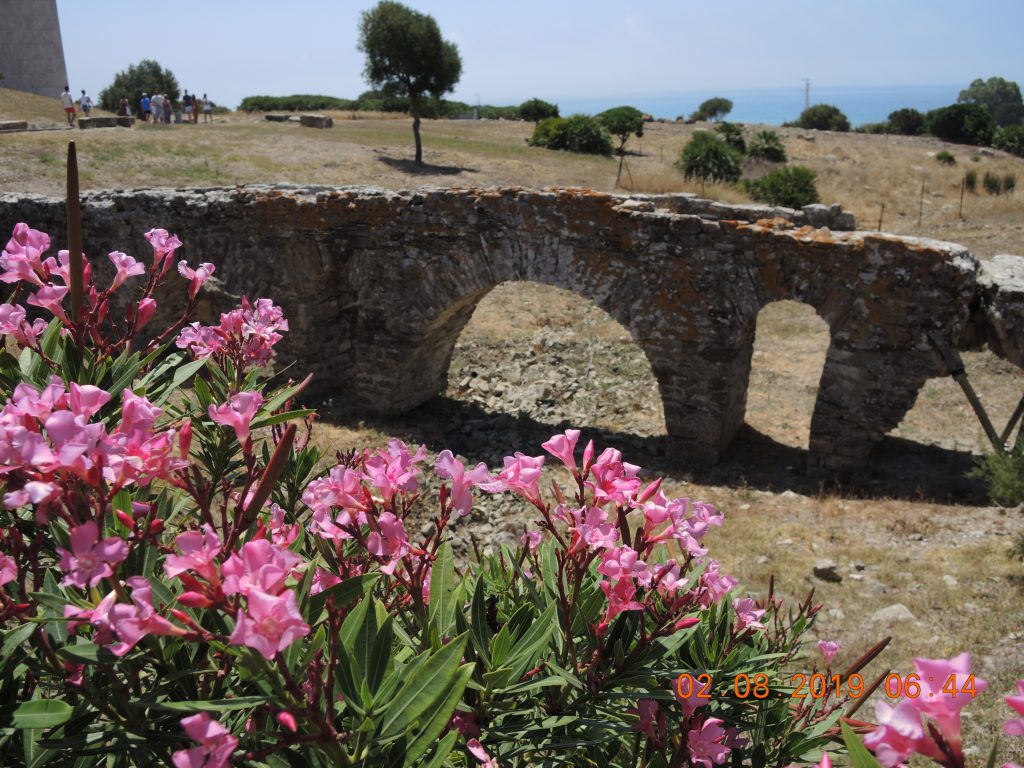
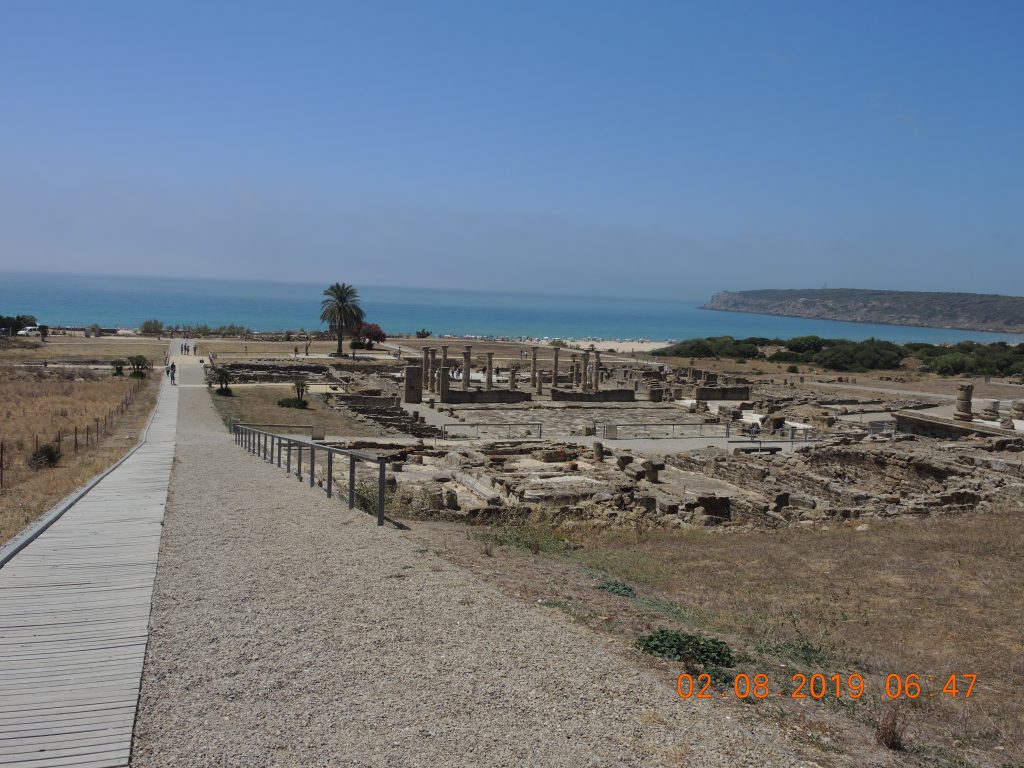
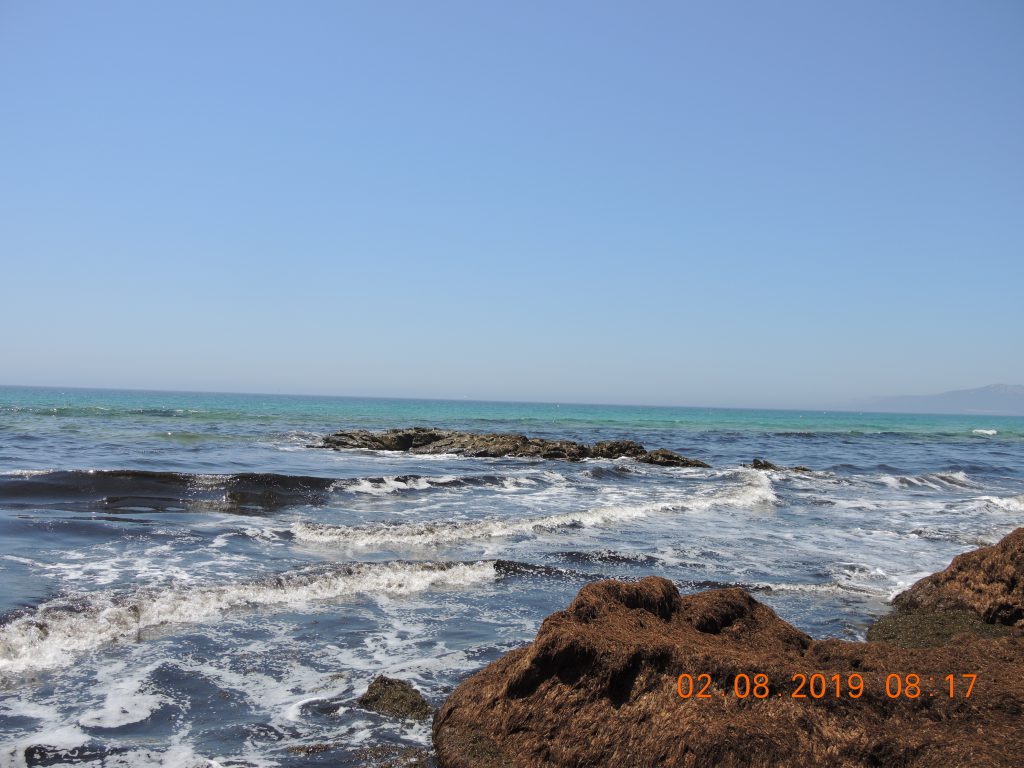
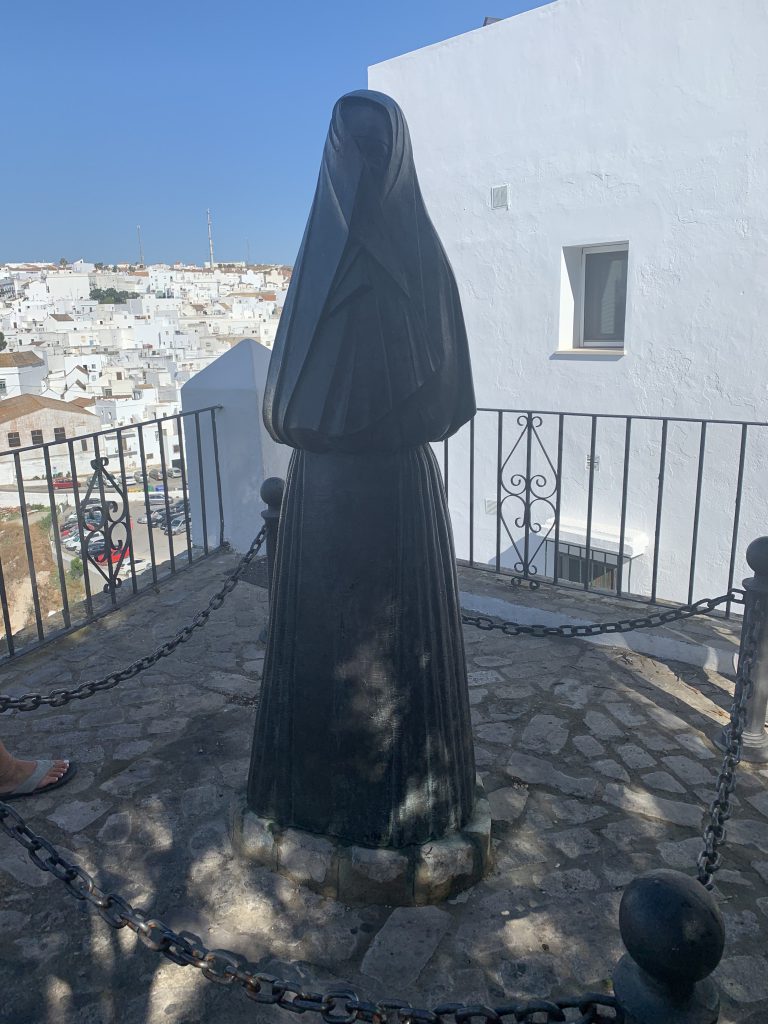
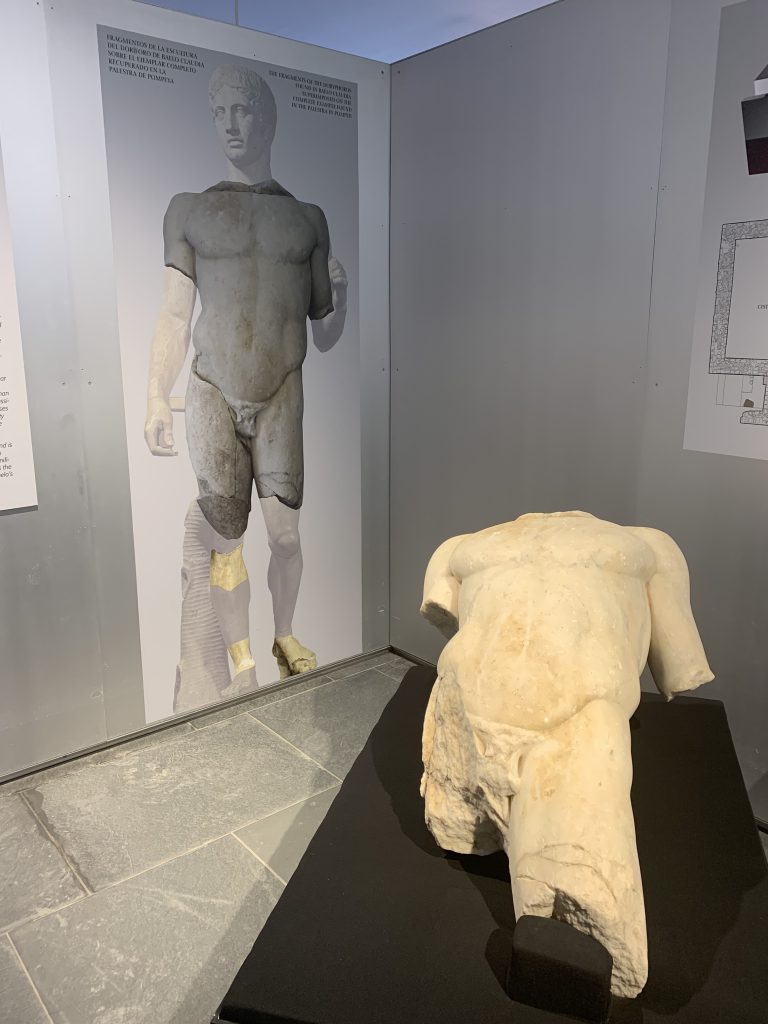
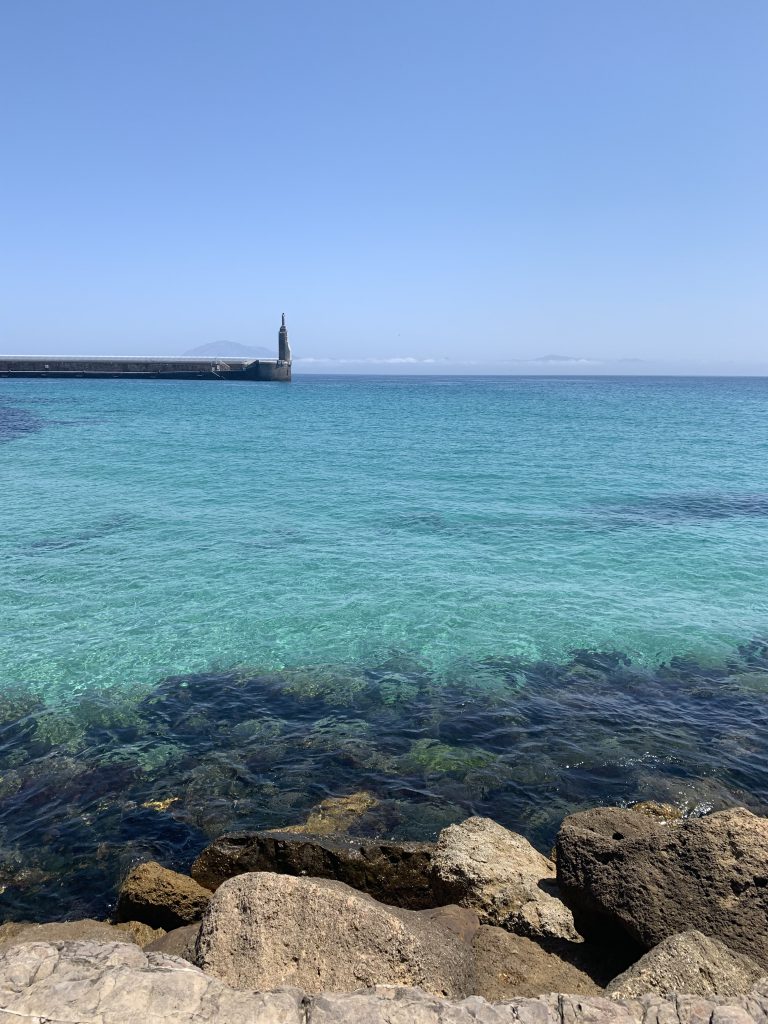
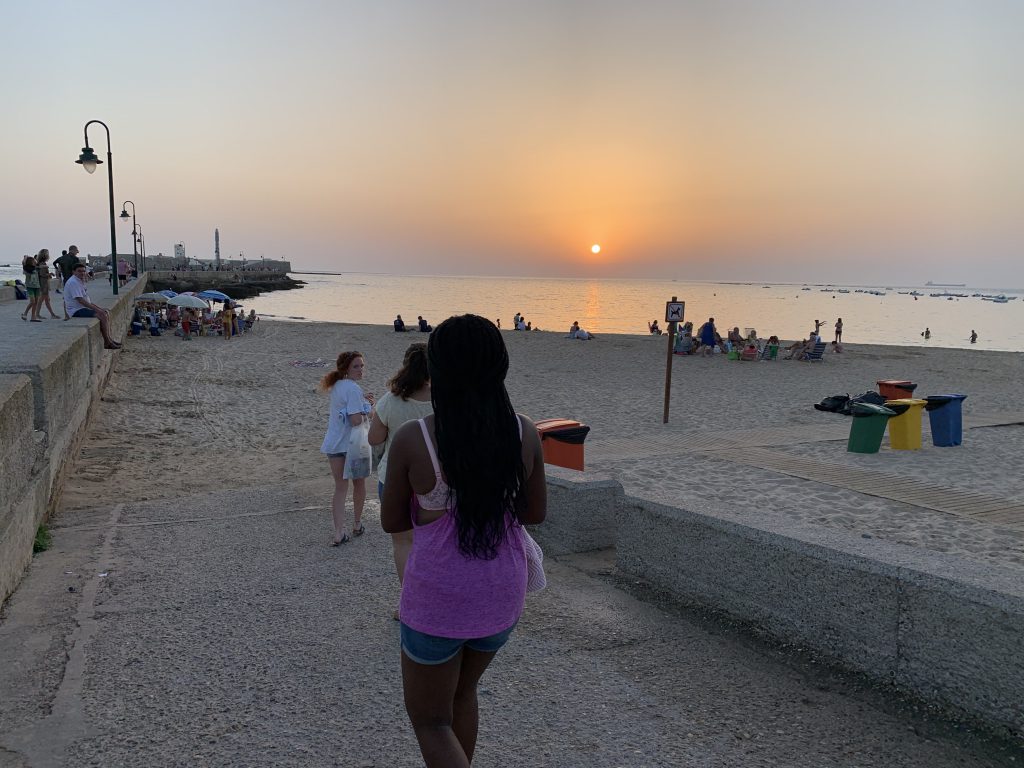
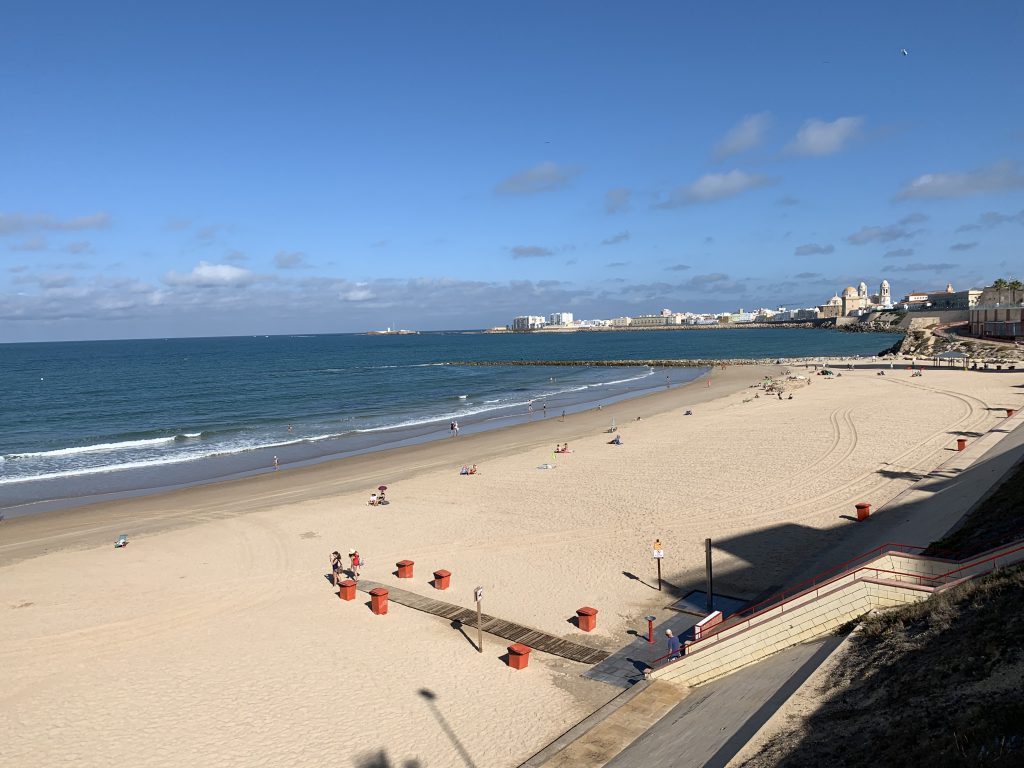
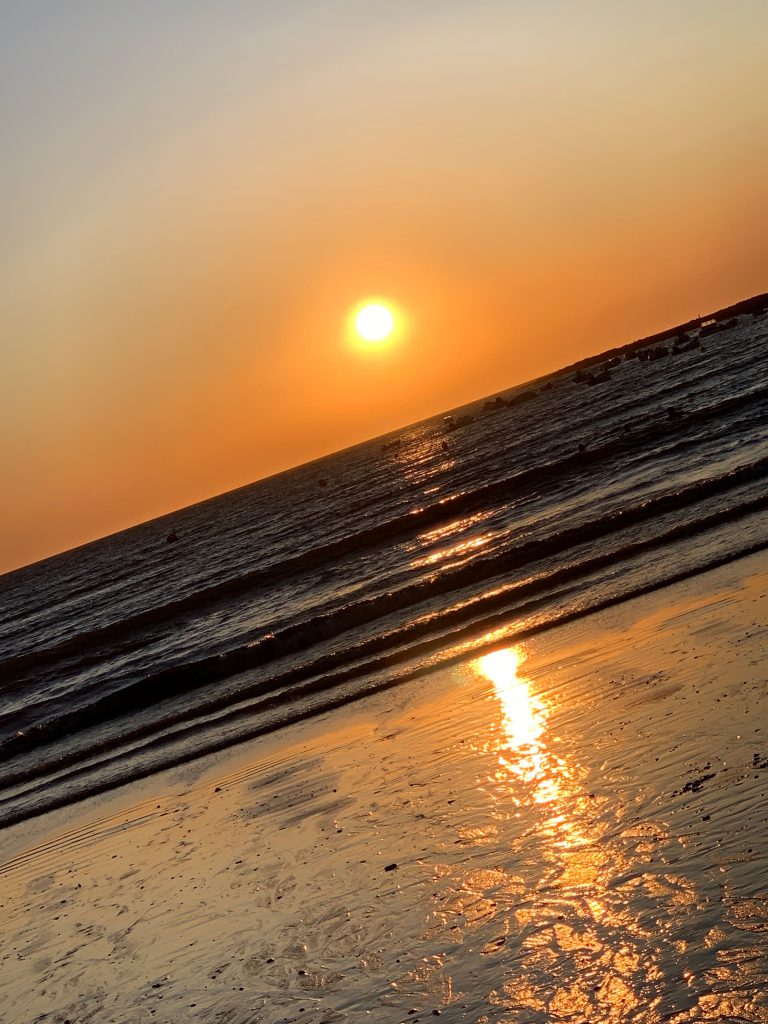
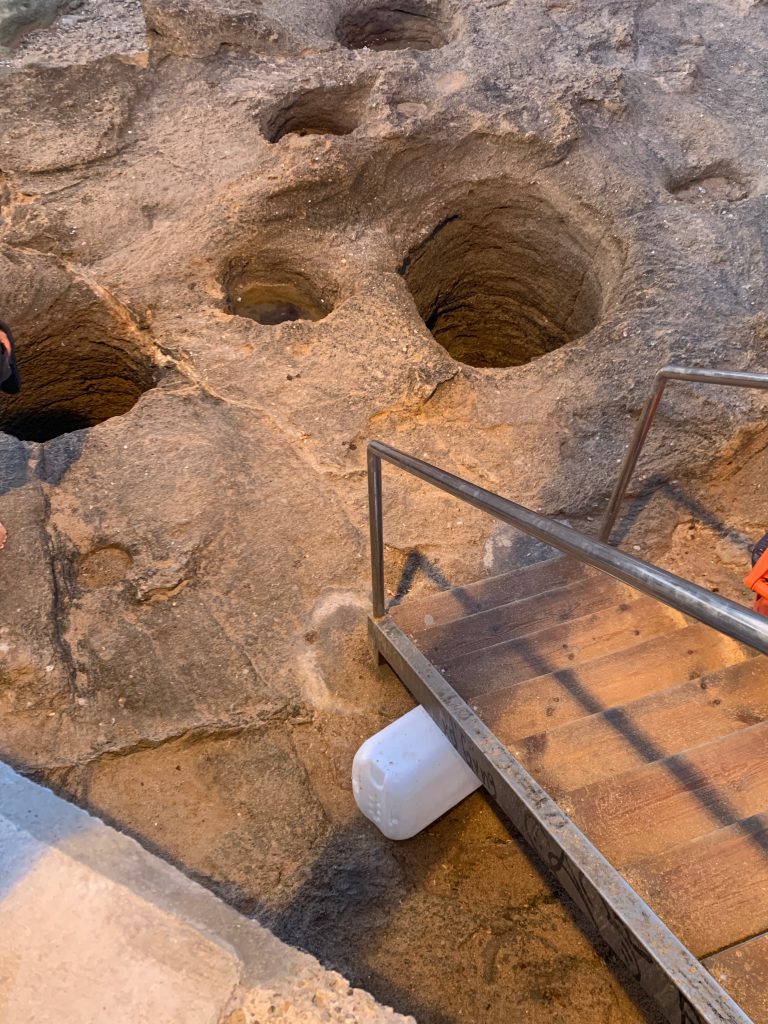
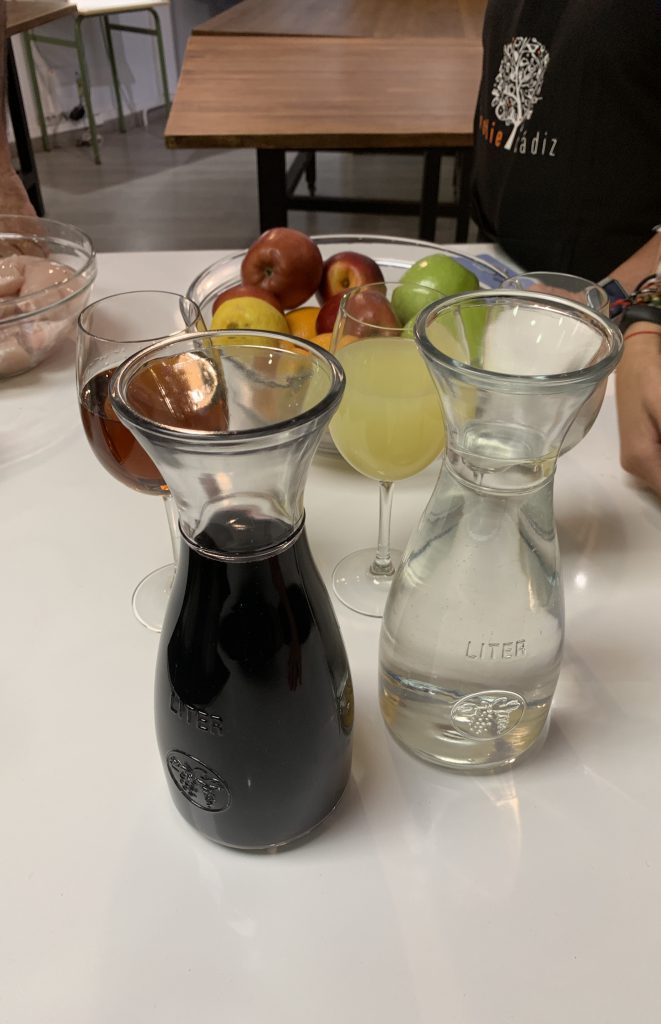
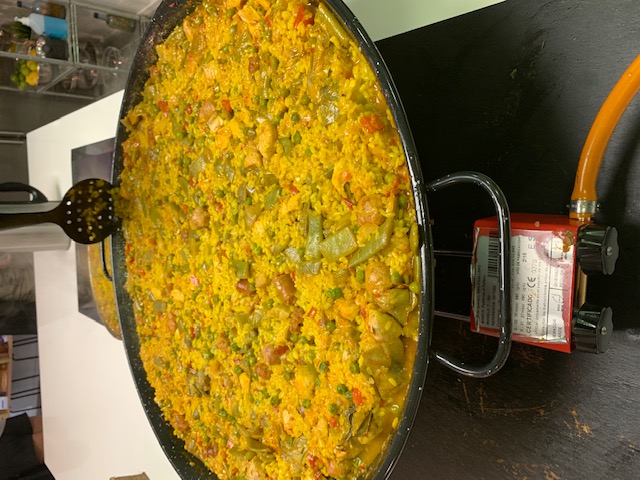
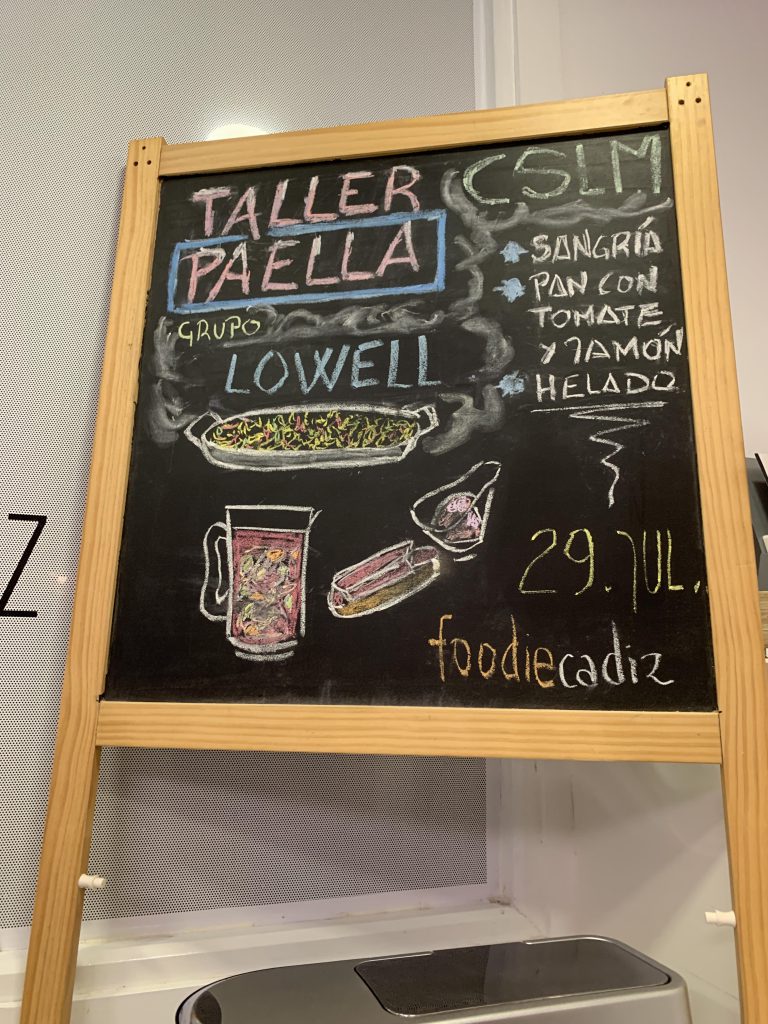
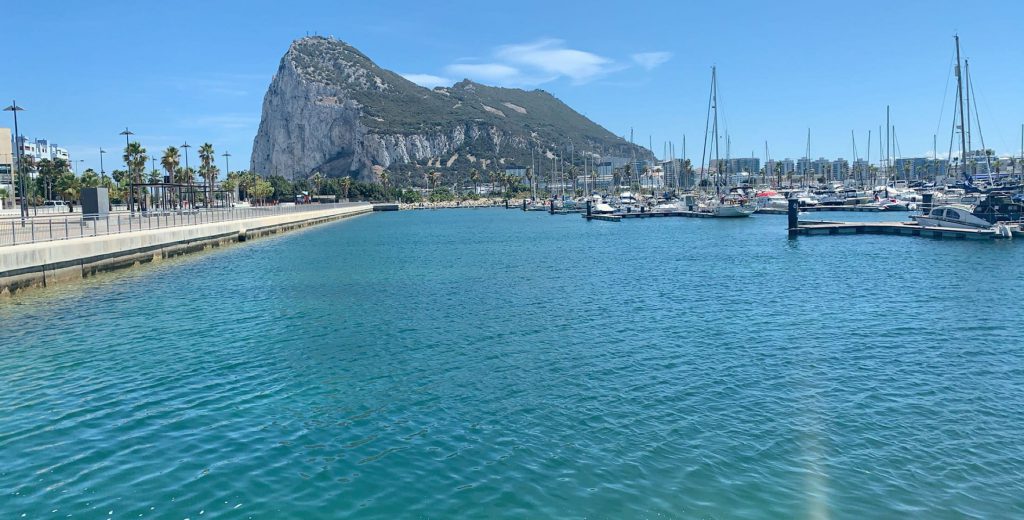
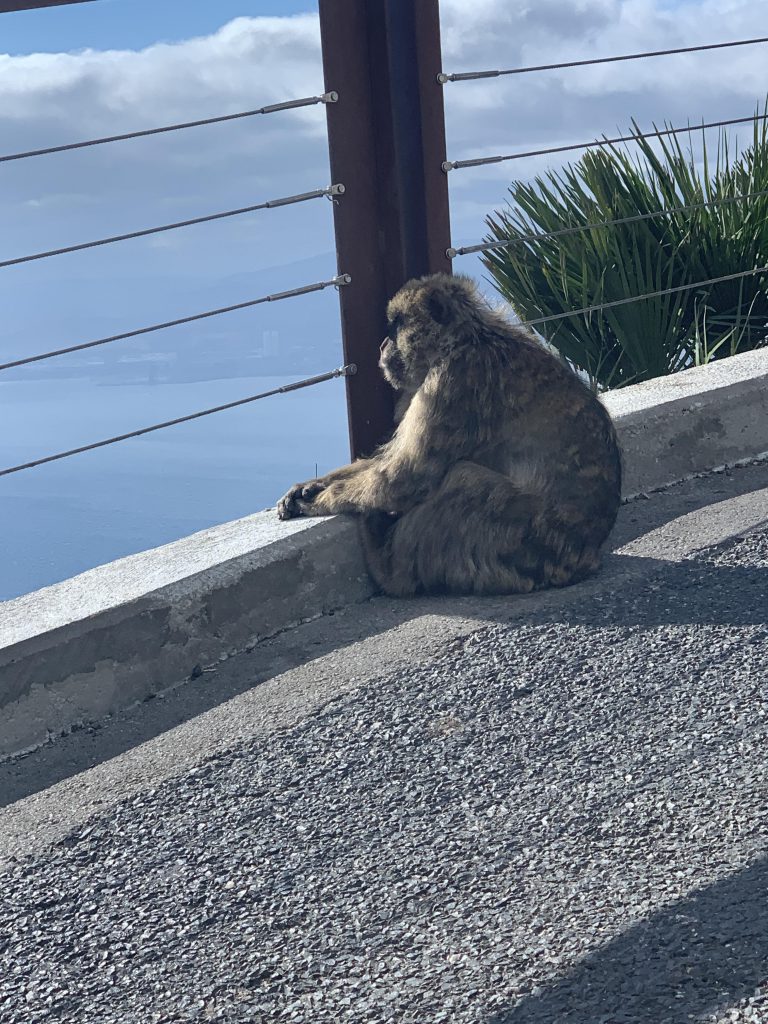
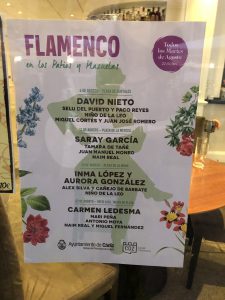
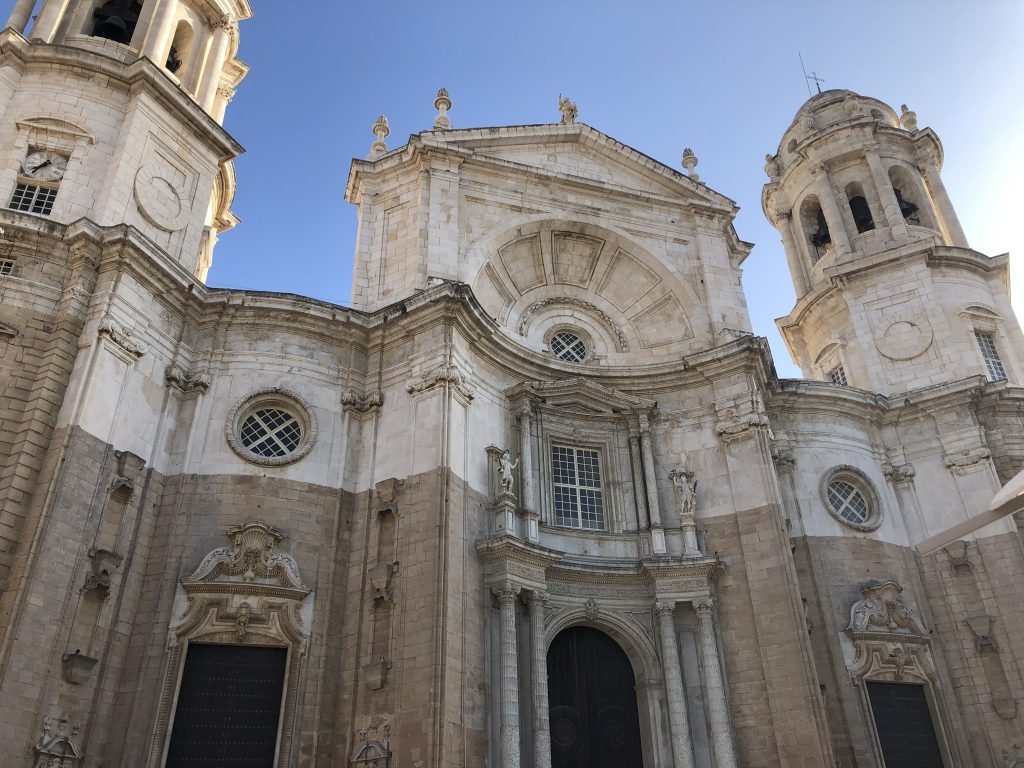
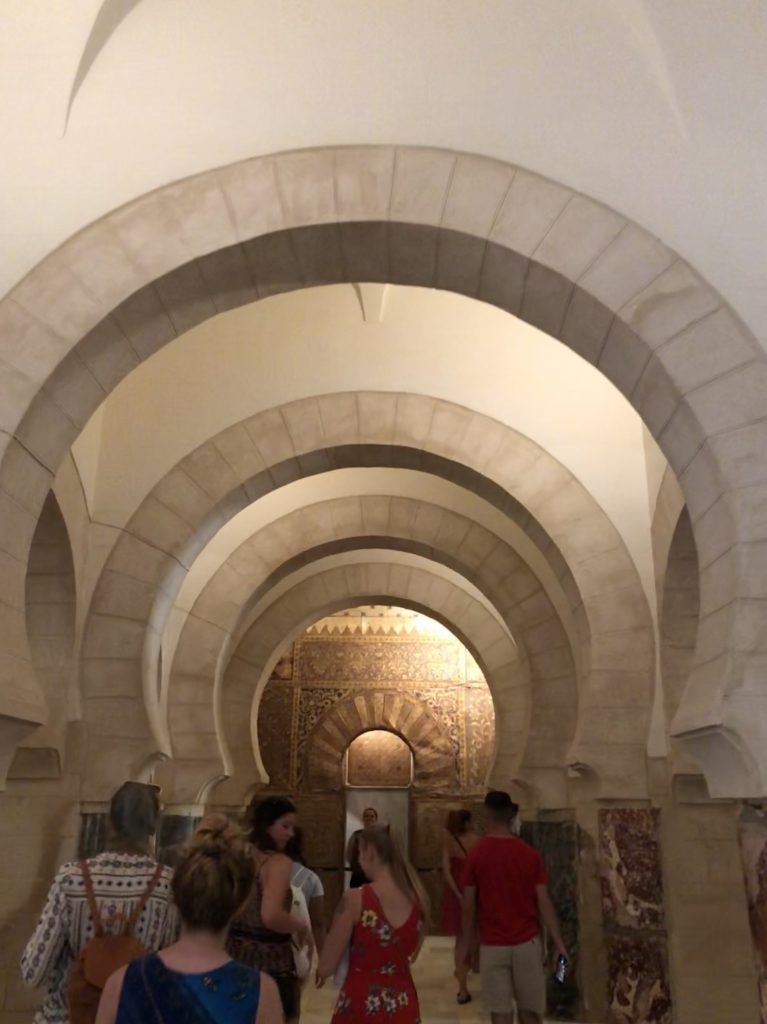
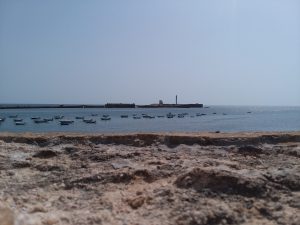 Traveling to Spain and taking the opportunity to study abroad in Cadiz has been one of the best decisions I could’ve made. The amount of practice and life experience that I have acquired while traveling in Cadiz has pushed me even further. I’m grateful because not only has my Spanish speaking and comprehension skills increased in major ways in the past week, but I have also taken advantage of my time in one of the most enchanting cities of Spain. The benefits that I’m already seeing are making me feel reassured in my decision to leave home for a month.
Traveling to Spain and taking the opportunity to study abroad in Cadiz has been one of the best decisions I could’ve made. The amount of practice and life experience that I have acquired while traveling in Cadiz has pushed me even further. I’m grateful because not only has my Spanish speaking and comprehension skills increased in major ways in the past week, but I have also taken advantage of my time in one of the most enchanting cities of Spain. The benefits that I’m already seeing are making me feel reassured in my decision to leave home for a month.